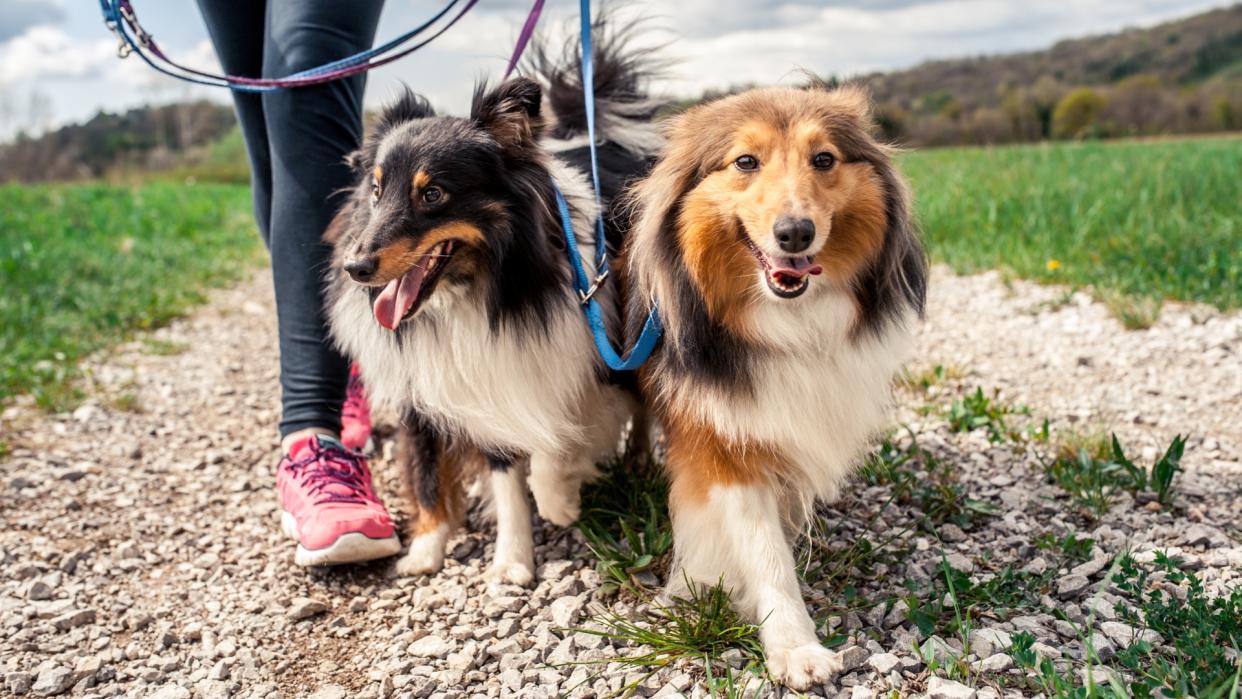Dog always pulling on the leash? Trainer reveals three things you can do for a stress-free stroll

Disclaimer: Unless specifically stated, any expert comments quoted in this news piece have been taken directly from the Instagram post cited below.
There's no getting around it — of all the potential training issues you might face with your dog, mastering the art of loose leash walking is right up there in terms of difficulty.
If your pup relentlessly pulls ahead of you when you're out on a walk together and tugs you in every direction, figuring out how to stop a dog pulling on a leash is likely high on your priority list.
While there are lots of reasons why a dog might choose to pull, often we as pet parents make a range of common loose leash walking mistakes that can actually make this behavior more likely.
Thankfully, it is possible to get your dog walking well on the leash — it just takes time.
"Loose leash walking is a skill that takes practice, for both you and your dog," explains Carolyn, an expert trainer and founder of Good Dog Training.
To help your pup get the hang of things, Carolyn has taken to Instagram to share three things you can do to put a stop to leash pulling. Read on to find out what they are...
1. Start slow: Carolyn says that when you're training your dog to walk well on a loose leash, it's important to start in a low distraction place to make it easier for your pup to focus on you.
"Just walk back and forth," Carolyn advises. "We aren't covering ground, just rehearsing the skill of walking together.
"Talk to your dog, look at your dog, help them WANT to be with you. If you're a boring lump at the end of the leash, why would they want to walk with you?"
2. Reward heavily: "Don't be stingy with treats. In the beginning, I'm doing about one treat every one to three seconds that my dog is walking with me. I'm also praising a LOT. I want it to be really, really fun for my dogs to walk with me," says Carolyn.
3. Use your words: "I say 'uh-huh' (to help them make the connection between pulling and stopping) and plant my feet. Before we resume walking, I wait for two things: my dog to make the leash slack and my dog to turn and check in with me.
"Once they do these things, they get a happy 'yes!' and the walk resumes," Carolyn explains.
While having your dog drag you round the block can feel both exhausting and frustrating, it's important to remember that training your dog to walk well on the leash is entirely doable.
If you feel your dog would benefit from some extra support in this area, we recommend reaching out to a qualified trainer.

